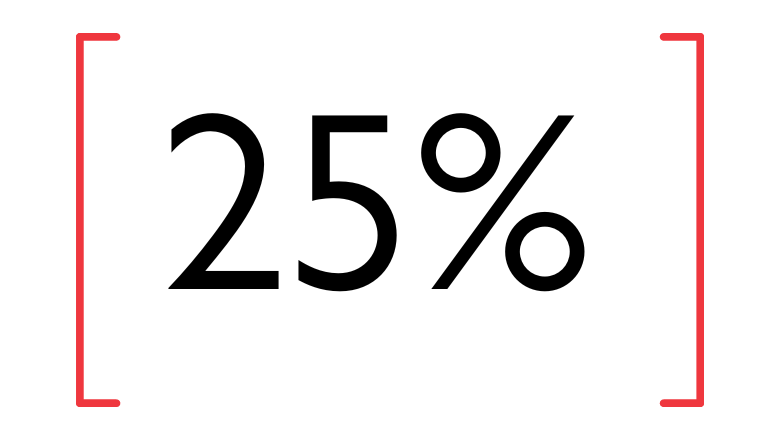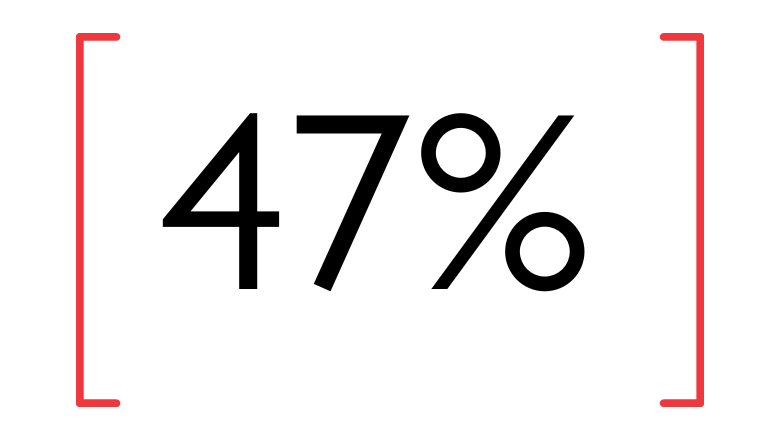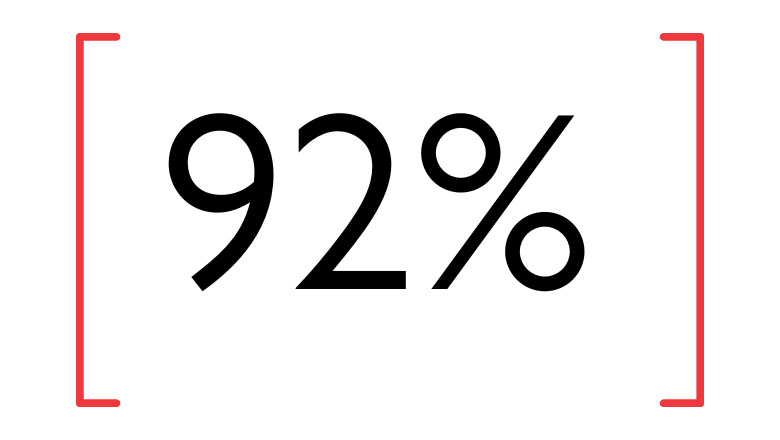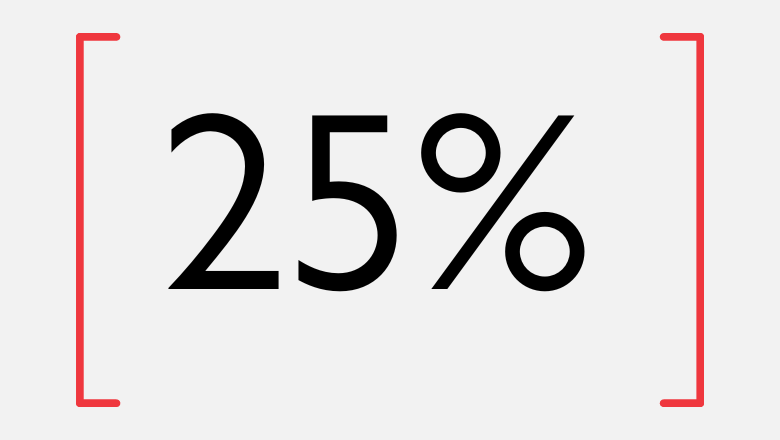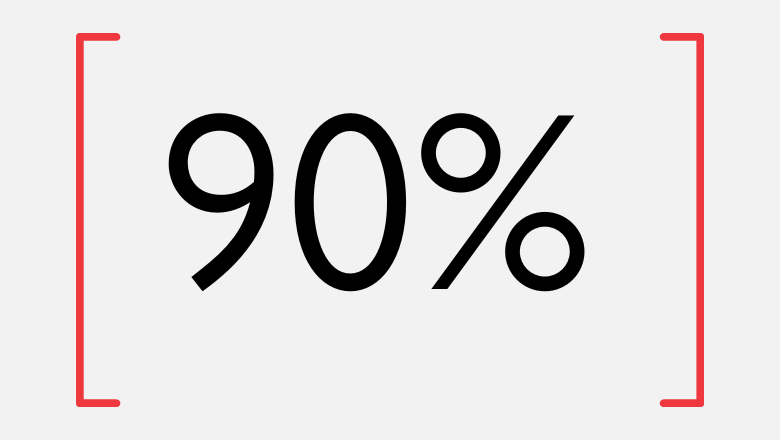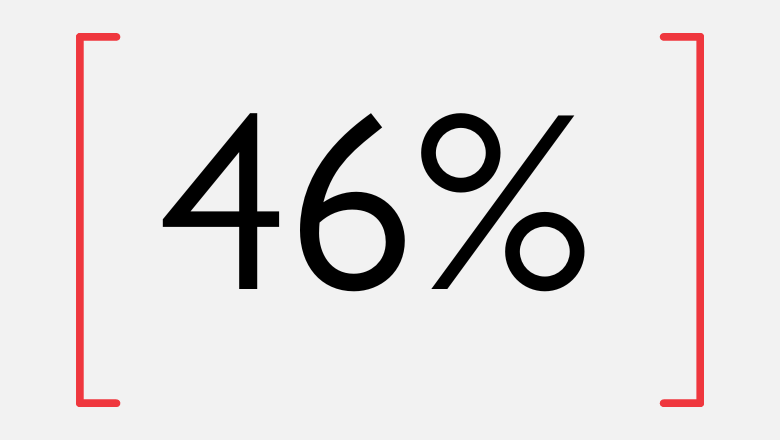Key Findings
Watch our animated video to see the key findings from the inaugural report, including the views and priorities of 1,775 Chief Security Officers.

Combining security technology and personnel provision will allow you to:
Unlock Exclusive Insights from Global Security Leaders
We surveyed 2,352 Chief Security Officers across 31 countries, representing companies with a combined revenue of over $25 trillion. Plus, we gathered insights from 200 Global Institutional Investors managing more than $1 trillion in assets.
the biggest external threat
the biggest security-impacting hazard in the next 12 months
with leaking sensitive information at the top of the threat list.
surveyed reported a drop in their value following a physical security incident
which threaten physical security, are challenging to their businesses.
their physical security budgets next year.
